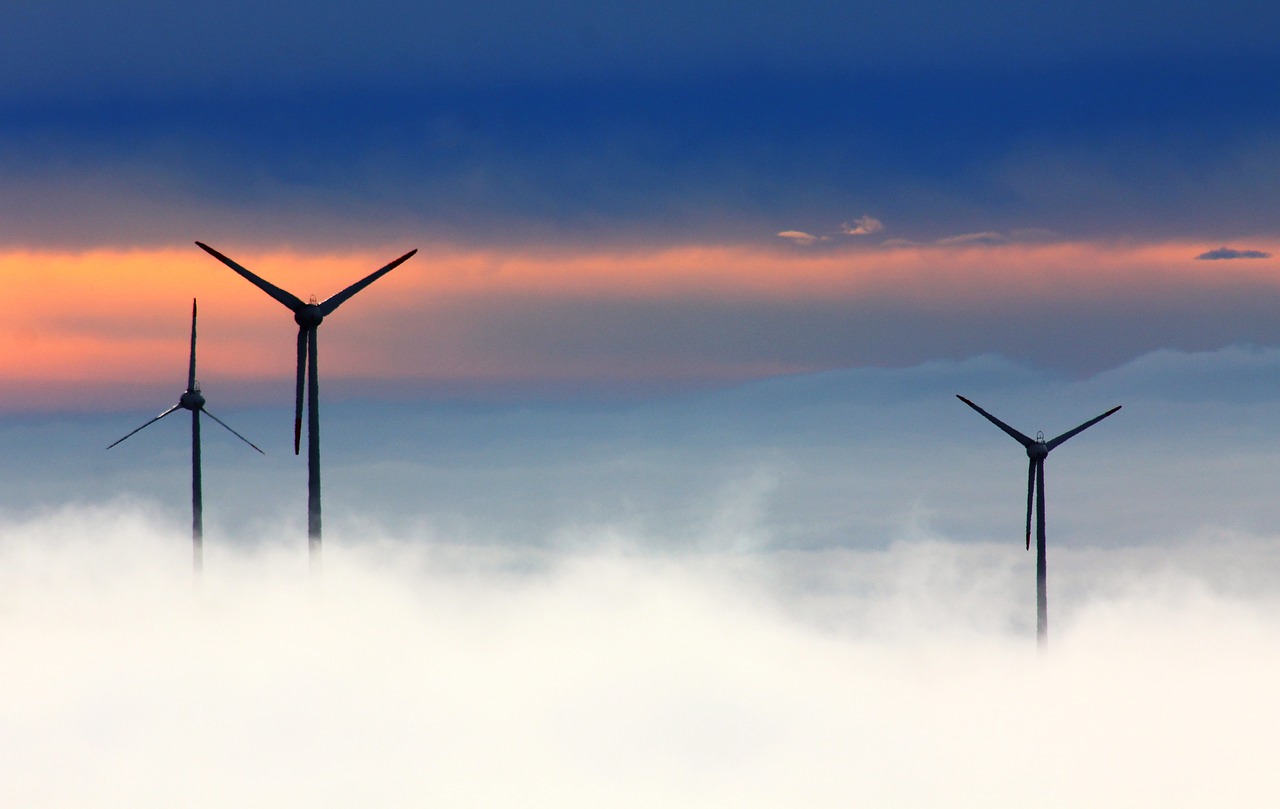Researchers at the University of Rhode Island analyzed data on renting homes on AirBnB before and after the construction of the Block Island wind farm and found that, contrary to some concerns, the turbines are linked to the increase in tourism on the island. Block Island Wind Farm is the first commercial offshore wind farm in the United States, located 3.8 miles (6.1 km) from Block Island, Rhode Island in the Atlantic Ocean. The five-turbine, 30 MW project was developed by Deepwater Wind.
The main concern of many coastal communities that rely on tourism to support their economy is that offshore wind farms negatively affect tourism.
Indeed, some of the recent surveys suggest that people consider offshore wind farms to be an eyesore and tend to think the turbines will ruin the seascape and detract from their beach experience.
“It’s a common argument for pushback against siting offshore wind, but there isn’t a lot of empirical evidence about it one way or the other,” said Corey Lang, URI associate professor of environmental economics. “There have been surveys done assessing how tourists might feel about it, based on potential images of turbines in offshore waters, but those are hypothetical.”
The researchers collected lodging data from AirBnB to examine trends in monthly revenues, occupancy rates and reservations from roughly two years before construction of the turbines to one year after construction was completed.
The results were almost entirely positive for the peak summer months of July and August, and there were no noticeable effects during the rest of the year.
During July and August following construction of the turbines, AirBnB rentals in Block Island experienced, on average, a 19 percent increase in occupancy rates and a $3490 increase in monthly revenue compared to those in nearby communities: Narragansett, Westerly and Nantucket.
What caused this increase? One reason could be that people were excited about renewable energy and sustainability, they were curious about the wind farm and wanted to see it for themselves.
But there are other factors that could be at play, too. It’s perceived that there is better fishing near the turbines, for instance, so more people may be coming to the island to go fishing.
Lang plans to follow up this study with an investigation of perceptions of the wind farm from the perspective of those who live on Block Island year-round.
“It’s one thing to look at a turbine for a few days and be mesmerized by it,” he said. “But to have it there constantly may be different.”






